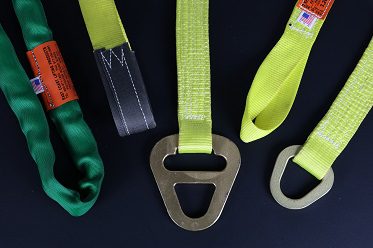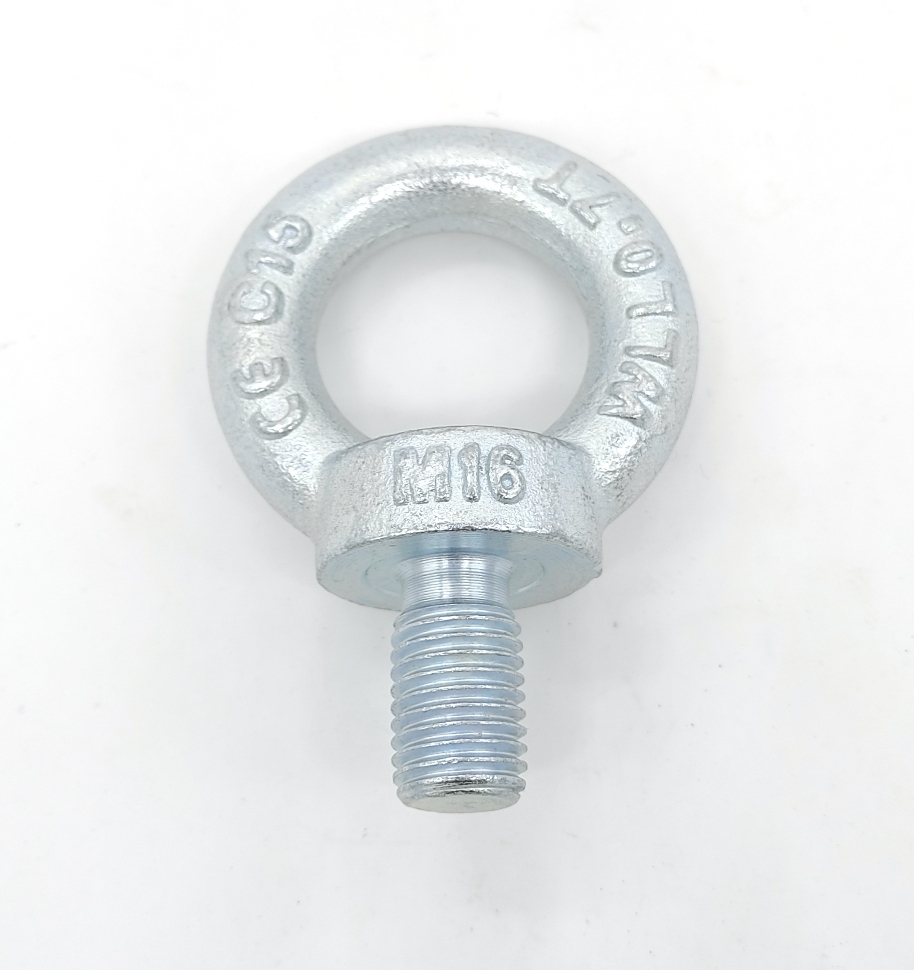Lifting and Rigging: Applications and Safety
Whether you’re craning a 50-ton industrial machine through the roof of a manufacturing plant, or simply securing an ATV in the bed of your pickup, using the correct rigging and lifting components is just as critical to ensure that everything goes smoothly, safely, and according to plan. Understanding lifting products can present a slight learning curve given how many possible options, capacities, and details are involved in rigging and hauling work. To help clear the water, we’ve prepared this article to cover the most common lifting products available, to provide insight into each items’ typical application, and to share useful safety and regulatory info that should be considered before making any purchases.
Lifting and Rigging Safety
When it comes to lifting, moving, transporting, and securing heavy objects, proper safety and regulatory compliance are critical concerns to address before any work begins. All rigging and lifting activities should meet or exceed a few standard expectations, such as:
- All work shall fully adhere to applicable OSHA, company, and industry guidelines
- All work shall be fully planned out ahead of time, and contingency plans readied for any emergency that may be encountered
- All work shall be conducted by knowledgeable and trained parties
- All equipment, gear, protective equipment, and tooling shall be in place, in use, inspected, and previously maintained in fully functional condition
DIN580 Lifting Eye bolt
- All regulatory and certification requirements shall be met and in practice throughout the course of the work
Regarding regulatory compliance in particular, all lifting hardware, components, and work practices should be fully certified and / or listed with the appropriate technical organization governing such items. Too often, non-compliant hardware finds its way onto a project, procured for its low price from foreign suppliers that may not be manufacturing their products according to domestic codes. Or, more nuanced, hardware that appears applicable but is not specifically rated for a given use might be inadvertently grabbed for a job (such as using shackles rated for the correct capacity, but for towing duty, not for lifting duty). Users must check which bodies apply to their projects, and confirm all aspects of a project comply with the requirements of these bodies. A few of the most common governing organizations are as follows:
- WSTDA – Web Sling and Tie-Down Association – a non-profit organization that issues technical design, fabrication, and use standards for web slings, tie-downs, and related lifting hardware
- ASME – American Society of Mechanical Engineers – a non-profit organization that issues testing and technical standards for hardware of all sorts, including chain, wire, mesh, synthetic fiber, synthetic webbing, and polyester fiber materials used in lifting hardware
- OSHA – Occupational Safety and Health Administration – the governmental body responsible for workplace safety code issuance and enforcement
- Wide variety of trade associations and industry groups that have detailed technical and procedural guidance available across many markets. For example, the MCAA (Mechanical Contractors Association of America) and CMAA (Crane Manufacturers Association of America), which publish safety handbooks and provide educational resources to industry.
Synthetic Slings
Synthetic slings are flat, stitched fabric belts made of either nylon or polyester material, used to lift and secure heavy loads. Slings have many options for end attachments, weight rating, color, thickness (or ply), length, and environmental ratings. Most often, slings are used to rig up large objects to lifting equipment such as a crane, as they provide a degree of protection to the object being lifted and nearby personnel (as these slings are softer and more elastic than chain slings, reducing the likelihood of a shock-induced failure).
The general design of a sling is similar to a belt or strap, though many custom configurations can be provided to meet each user’s exact needs. Common customizations include mix-match end fittings, adding edge scuff protection, and special environmental ratings such as fire-resistant or water-repellent construction.
When selecting synthetic rigging materials, be sure to check chemical, temperature, moisture, and UV compatibility details prior to purchase. While nylon and polyester materials are quite robust, certain chemicals and environmental conditions risk premature failure in these fibers. In addition, load capacities may be reduced for materials exposed to impactful conditions, namely high temperatures and normal aging.
All sling types have specific capacity ratings per their length, width, ply count, end fittings, and the hitch type used. Across the entire range, synthetic slings are typically rated between 880 lbs and 180,000 lbs, though most slings are purchased in the 30,000 to 50,000 lbs range (as most users prefer to use metallic slings above 50,000 lbs for added safety and lower flex).


